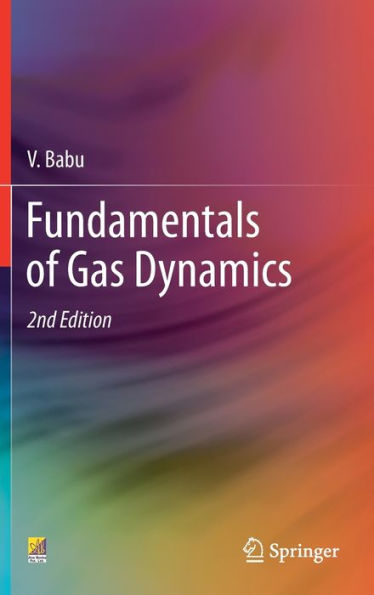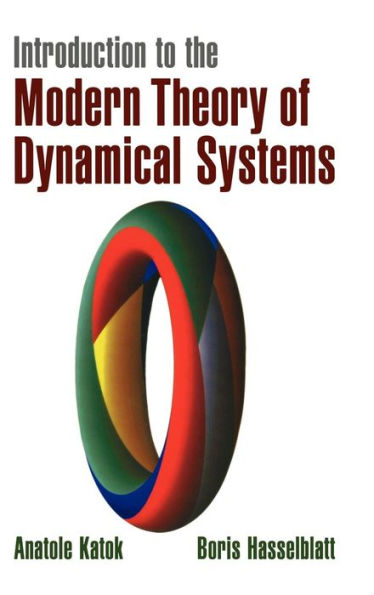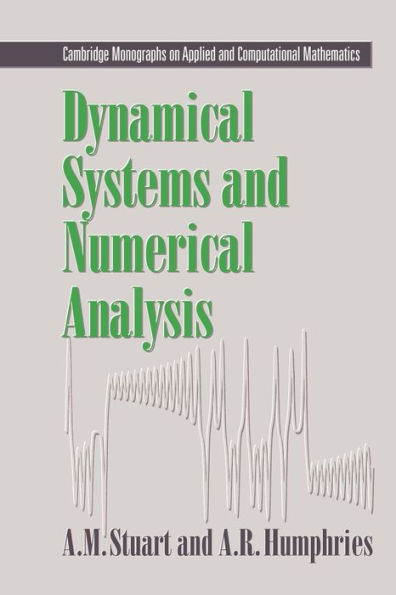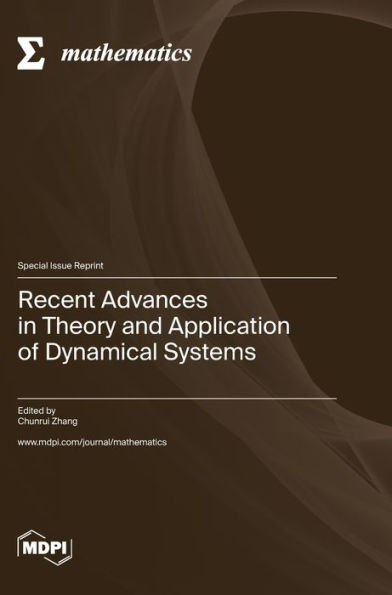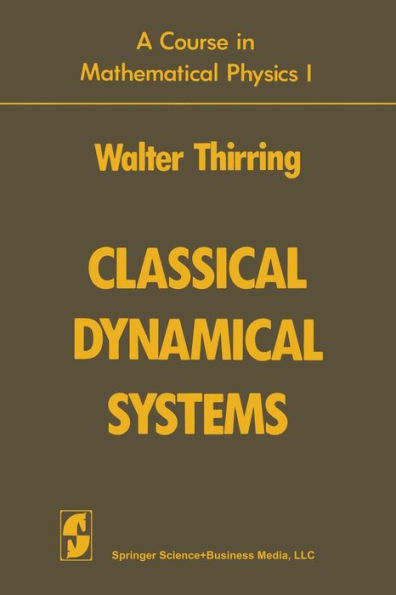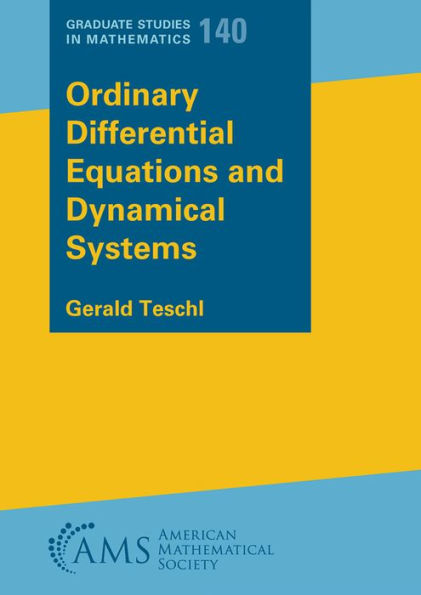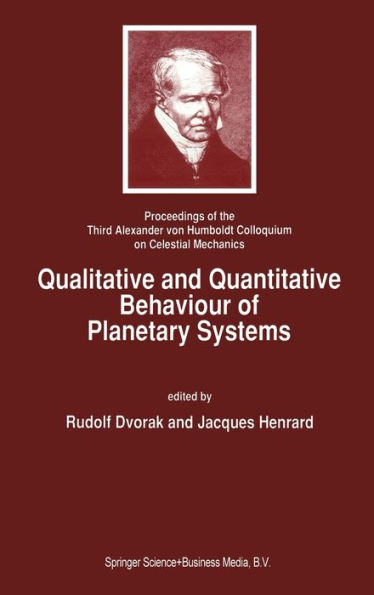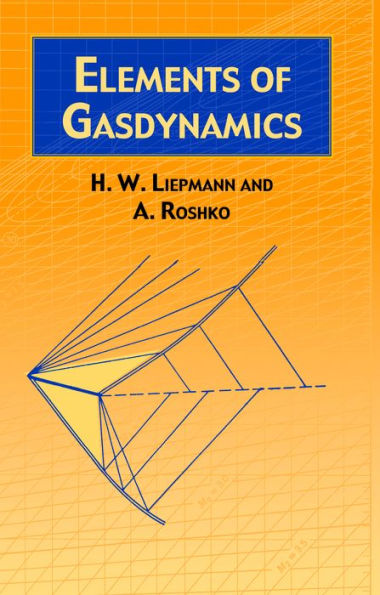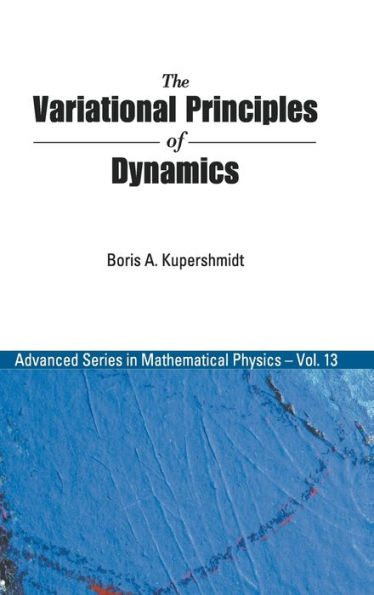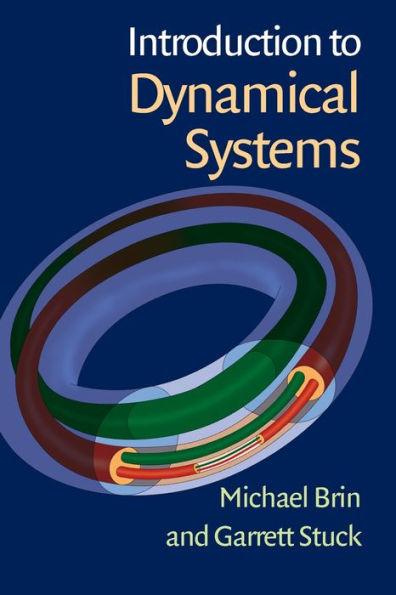Home
Methods in the Qualitative Theory of Dynamical Systems in Astrophysics and Gas Dynamics


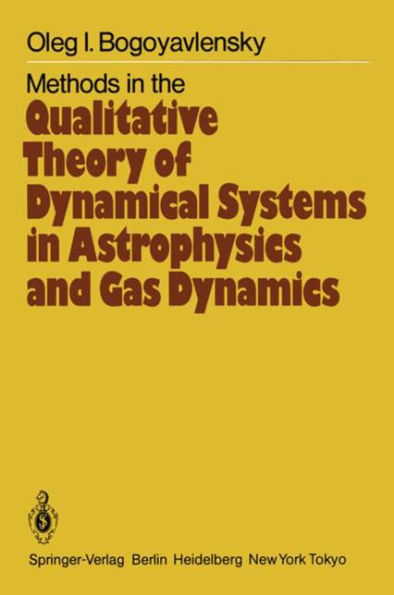
Methods in the Qualitative Theory of Dynamical Systems in Astrophysics and Gas Dynamics
Current price: $54.99
Loading Inventory...
Size: OS
Homogeneous cosmological models, self-similar motion of self-gravitating gas and motion of gas with homogeneous deformation have important applications in the theory of evolution of the universe. In particular they can be applied to the theory of explosions of stars, formation of galaxies, pulsation of alternating stars etc. The equations of general relativity and Newtonian gas dynamics in the cases mentioned above are reduced to systems of a finite (but quite large) number of ordinary differential equations. In the last two decades these multi-dimensional dynamical systems were and still are being analyzed by means of traditional analytic and numerical methods. Important dynamical modes of some solutions were thus established. These include oscillatory modes of the space-time metric near a cosmological singularity, self-similar motion of self-gravitating gas with a shock wave and an expanding cavity inside (as in an explosion of a star), collapse of an ellipsoid of self-gravitating dust into a disc and others. However the multi dimensional dynamical systems in question are so complex, that a complete analysis of all dynamical modes of the solutions by means of well-known traditional analytic methods does not seem feasible. Therefore the development of effective methods of qualitative analysis of multi-dimensional dynamical systems and their application to the problems of astrophysics and gas dynamics previ ously unsolved by traditional methods becomes especially urgent.
